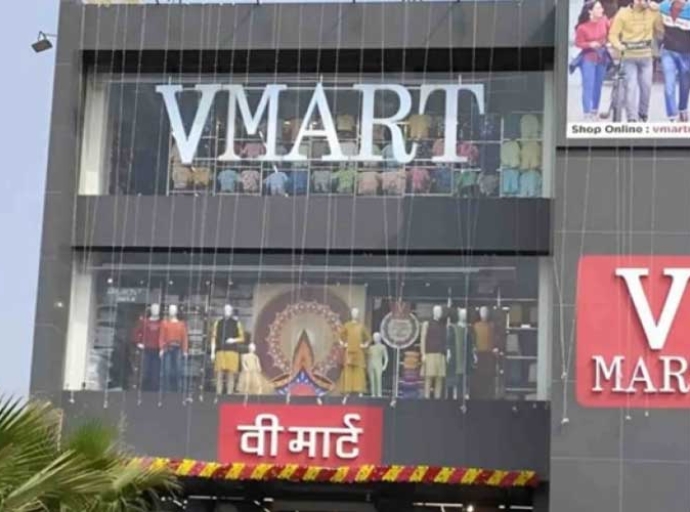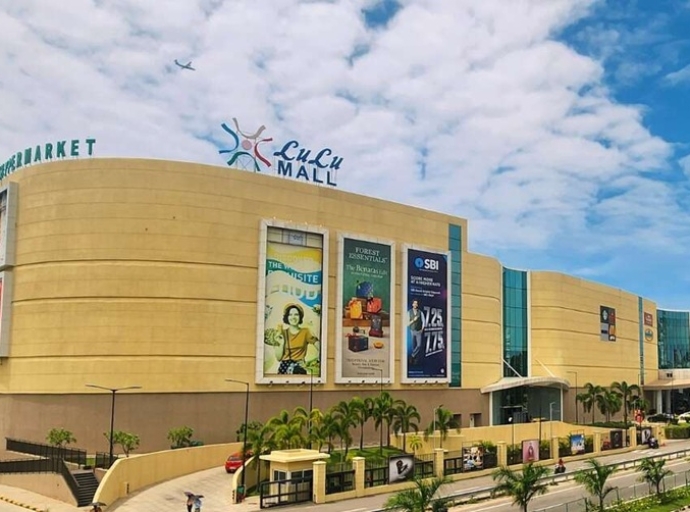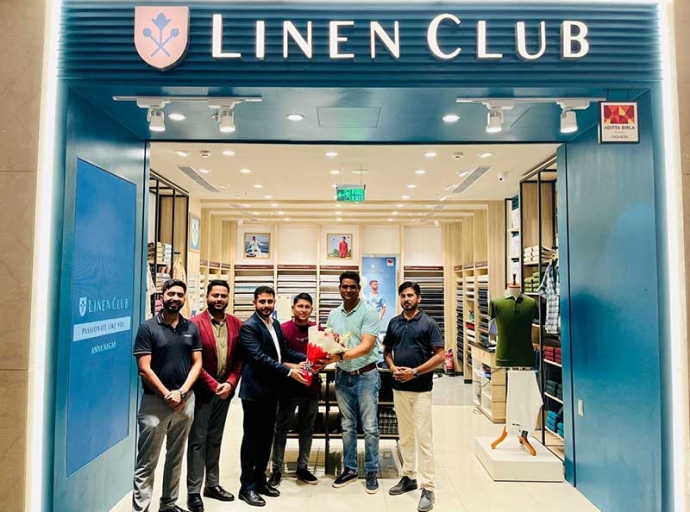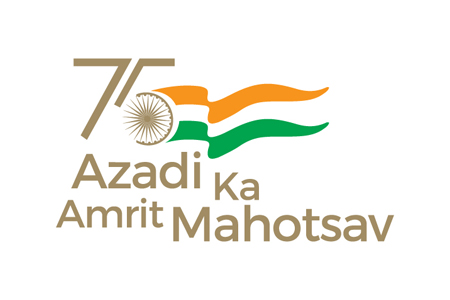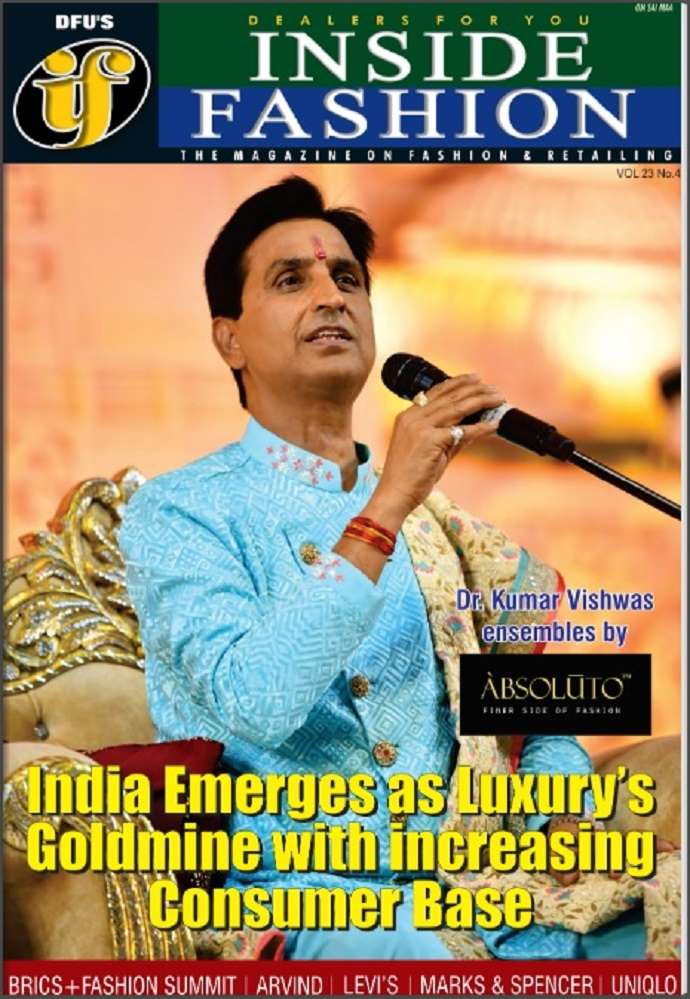Unlocking Global Sales: India's apparel brands ready for cross-border e-commerce boom

Indian apparel brands and retailers are ready to tap into the global market, an opportunity to spread out beyond borders, thanks to cross-border e-commerce.
With nearly half of online shoppers worldwide making international purchases in the past six months, and Meta's new ‘Grow Your Exports’ playbook offering a roadmap, the stage is set for Indian fashion to capture a larger share of the global digital marketplace.
A recent study commissioned by Meta and conducted by Kantar, surveying over 14,000 consumers, highlighted some interesting insights for Indian brands.
Almost 71 per cent of cross-border shoppers are open to trying new brands discovered online, and 72 per cent would consider switching brands given the right offer or promotion. This highlights a receptive global audience actively seeking diverse and appealing options, a niche where Indian apparel, renowned for its craftsmanship, unique textiles, and cultural richness, can truly shine.
A trillion-dollar ambition
India's cross-border e-commerce sector is already showing good growth. In 2023, international online retail sales from India surpassed $8 billion, with projections indicating 29 per cent growth by 2025.
The Indian government's ambitious target of $200–$300 billion in e-commerce exports by 2030 underscores the immense potential and focus on this sector.
This aligns with India's position as the 6th largest exporter of textiles & apparel globally in 2023, holding 3.9 per cent share of the global trade. Ready-made garments (RMG) alone contributed 41 per cent of India's total textile and apparel exports from April-October FY 2024-25, reaching $8,733 million.
Table: India's cross-border e-commerce & apparel exports
|
Metric |
Value/Projection |
Source |
|
International Online Retail Sales from India (2023) |
> $8 bn |
Meta/Kantar Study |
|
Projected Growth of Indian Cross-Border E-commerce (by 2025) |
29% |
Meta/Kantar Study |
|
Indian Government E-commerce Export Target (by 2030) |
$200–$300 bn |
EY-ASSOCHAM Report |
|
India's Global Ranking in Textile & Apparel Exports (2023) |
6th |
PIB |
|
India's Share of Global Textile & Apparel Trade |
3.90% |
PIB |
|
Ready-Made Garments (RMG) Export (April-Oct FY 2024-25) |
$8,733 mn |
PIB |
Overcoming hurdles
While the opportunities are vast, challenges persist. An EY-ASSOCHAM report identifies issues like complex customs procedures, payment repatriation difficulties, and restrictive policies as major barriers. However, both the Indian government and global platforms like Meta are actively addressing these.
The Indian government's proactive approach is evident in the 13 free trade agreements and six preferential pacts signed in 2023, aiming to provide better access to international markets.
Furthermore, the Foreign Trade Policy (FTP) 2023 introduces crucial measures to bolster e-commerce exports, including increasing the export cap for courier shipments from Rs 5 lakh to Rs 10 lakh per consignment and facilitating the development of e-commerce hubs. These policy shifts are designed to streamline operations and reduce friction for MSMEs looking to go global.
The Meta playbook
Meta's ‘Grow Your Exports’, playbook emphasizes leveraging digital tools to overcome hurdles and capitalize on consumer behavior. A critical finding highlights that 62 per cent of cross-border shoppers expect shopping experiences tailored to their interests.
This underscores the paramount importance of personalization, a core offering of Meta's advertising and platform capabilities. For example an Indian boutique or apparel brand specializing in ethically sourced, handcrafted textiles previously relying on domestic sales and limited international outreach through traditional channels, now sees the immense potential of cross-border e-commerce.
By adopting Meta's playbook they could:
Utilize AI-powered advantage+ campaigns: To identify and target global audiences interested in sustainable fashion and artisanal products, showing personalized ads featuring their unique designs.
Leverage reels and other visual content: To showcase the intricate details of their garments, the stories behind the artisans, and the cultural significance of their designs, captivating a global audience.
Implement business messaging: To provide tailored customer service, answer queries about sizing, fabrics, and shipping, and even offer virtual styling consultations, building trust and confidence with international buyers.
Partner global fashion influencers: Who resonate with their brand values, to create authentic content and reach a wider, engaged audience.
By focusing on personalized experiences, engaging content, and seamless digital interactions, these brands can convert browse interest into international sales, fostering brand loyalty and repeat purchases.
Embrace digital transformation
Indeed, the shift towards global online shopping is undeniable. Indian apparel brands and retailers must embrace digital transformation to unlock their full export potential.
This involves Investing in robust e-commerce platforms that are capable of handling international transactions, multi-currency payments, and localized user experiences; prioritizing data analytics to understand global consumer preferences, optimize marketing strategies, and personalize offerings; leveraging social media and digital marketing to build brand awareness, engage with potential customers, and drive traffic to their online stores; collaborating with logistics and payment partners to ensure smooth and efficient cross-border operations, addressing the challenges highlighted by the EY-ASSOCHAM report; staying abreast of policy changes to capitalize on government initiatives and navigate the evolving regulatory landscape.
Latest Publications



